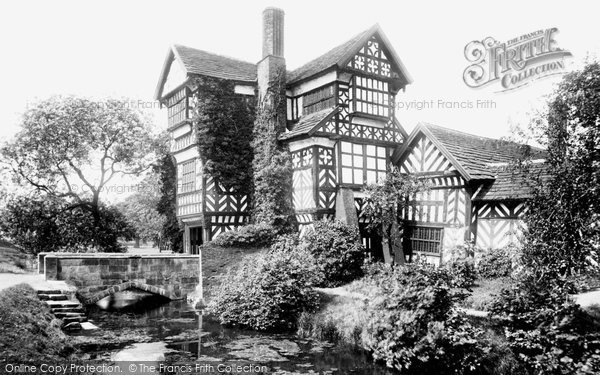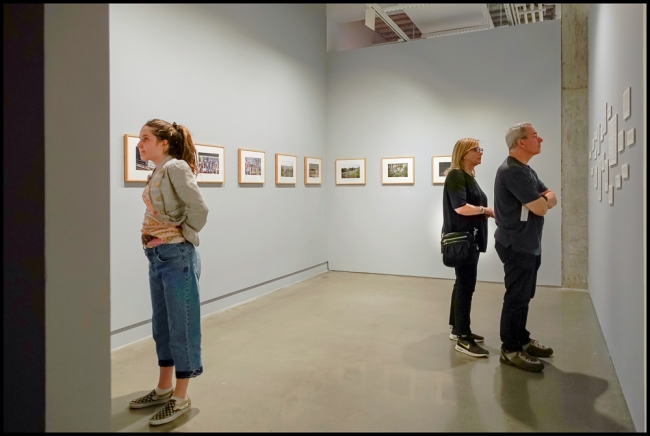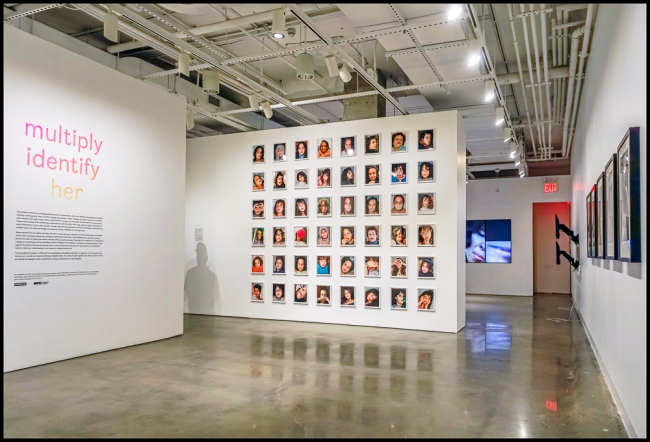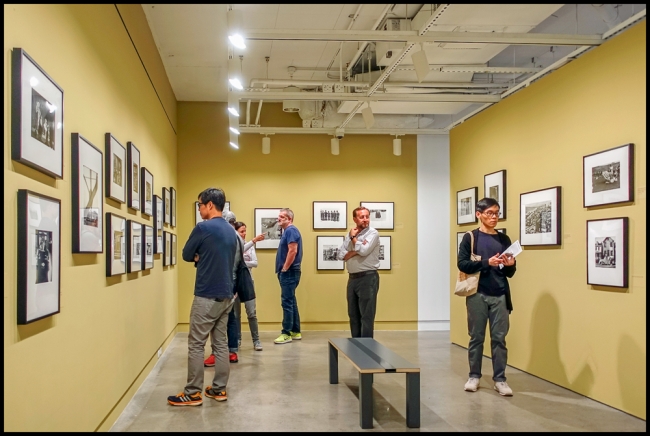I’d always known that there was a connection between Little Moreton Hall and my family. For example I knew that my Grandfather had lived there as a tenant and that my father’s half brother had managed the property after it was handed over to the National Trust. I hadn’t realized the extent of the connection, however.
We recently had a visit from a cousin that (apart from a brief encounter at my parents’ funerals) I hadn’t seen in about 40 years. His wife has an interest in genealogy and has been looking into the history of the family. This prompted me to do a little research for myself. According to Geni
The fortunes of the Moreton family declined during the English Civil War. As supporters of the Royalist cause, they found themselves isolated in a community of Parliamentarians. Little Moreton Hall was requisitioned by the Parliamentarians in 1643 and used to billet Parliamentary soldiers. The family successfully petitioned for its restitution, and survived the Civil War with their ownership of Little Moreton Hall intact, but financially they were crippled. They tried to sell the entire estate, but could only dispose of several parcels of land. William Moreton died in 1654 leaving debts of £3,000–£4,000 (equivalent to about £12–16 million as of 2010), which forced his heirs to remortgage what remained of the estate. The family’s fortunes never fully recovered, and by the late 1670s they no longer lived in Little Moreton Hall, renting it out instead to a series of tenant farmers. The Dale family took over the tenancy in 1841, and were still in residence more than 100 years later. By 1847 most of the house was unoccupied, and the deconsecrated Chapel was being used as a coal cellar and storeroom. Little Moreton Hall was in a ruinous condition; its windows were boarded up and its roof was rotten.
…
Abraham carried on the preservation effort begun by Elizabeth Moreton until he and his son transferred ownership to the National Trust in 1938. The Dale family continued to farm the estate until 1945, and acted as caretakers for the National Trust until 1955.
So it seems that my family lived there for over 100 years! Somehow I had the idea that the Moreton’s had continued to live in the hall with my family living in a farm somewhere on the property. It seems, however, that this was not the case. They actually lived in the hall and my cousin passed on to me some pictures taken during the period they were there. Apparently he got them from the National Trust. My favorite is the one below. The caption in the filename reads: “Possible Dale girl taken in 1893”.
The connection may go back even farther. See below.
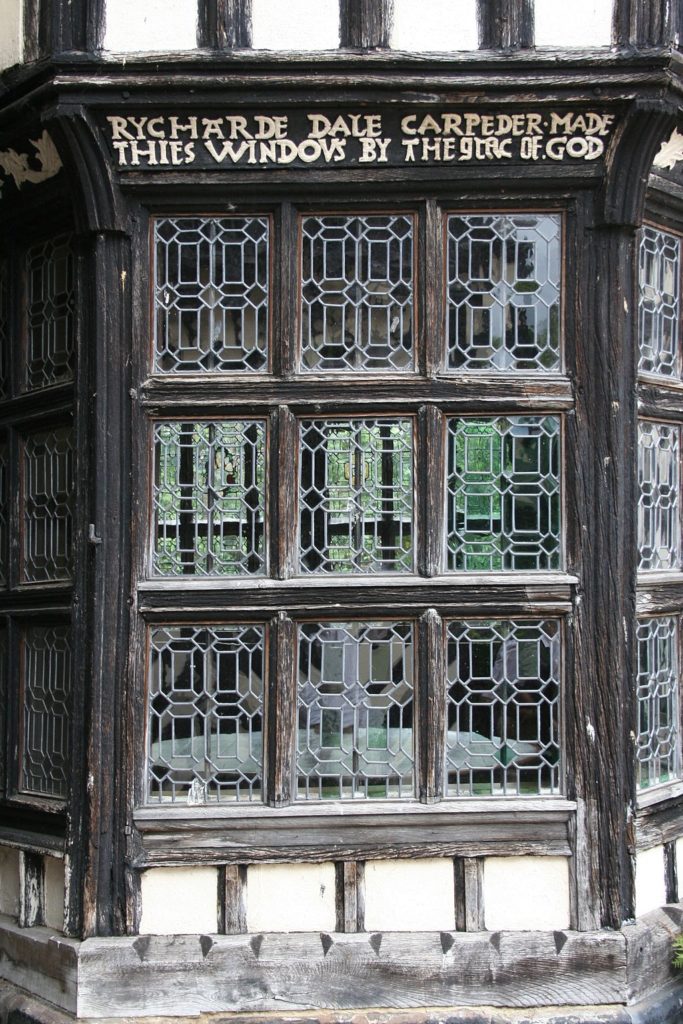
Source: Wikimedia
The full inscription reads: “”God is Al in Al Thing: This windous whire made by William Moreton in the yeare of Oure Lorde MDLIX Rychard Dale Carpeder made thies windous by the grac of God.” The Roman numeral MDLIX represents the Arabic numeral 1559. Are we related to this Richard Dale or not? Well, we don’t know at the moment.
So where does Francis Frith come in. I was aware of Francis Frith, the photographer. I’ve even posted on this blog about him (See: Frances Frith). While I was ‘googling’ for information on Little Moreton Hall I came across the photograph at the top of this page. The date on it reads 1902 so it couldn’t have been taken by Mr. Frith as he died in 1898. So what’s going on?
According to Wikipedia:
When he had finished his travels in the Middle East in 1859, he opened the firm of Francis Frith & Co. in Reigate, Surrey, as the world’s first specialist photographic publisher. In 1860, he married Mary Ann Rosling (sister of Alfred Rosling, the first treasurer of the Photographic Society) and embarked upon a colossal project—to photograph every town and village in the United Kingdom; in particular, notable historical or interesting sights. Initially he took the photographs himself, but as success came, he hired people to help him and set about establishing his postcard company, a firm that became one of the largest photographic studios in the world. Within a few years, over two thousand shops throughout the United Kingdom were selling his postcards.
…
His family continued the firm, which was finally sold in 1968 and closed in 1971. Following closure of the business, Bill Jay, one of Britain’s first photography historians, identified the archive as being nationally important, and “at risk”. Jay managed to persuade McCann-Erikson the London advertising agency to approach their client Rothmans of Pall Mall on 14 December 1971 to purchase the archive to ensure its safety. Rothmans went ahead and acquired the archive within weeks.
Frith was re-launched in 1975 as The Francis Frith Collection by John Buck, a Rothmans executive, with the intention of making the Frith photographs available to as wide an audience as possible.
On 25 August 1977, Buck bought the archive from Rothmans, and has run it as an independent business since that time – trading as The Francis Frith Collection. The company website enables visitors to browse free of charge over 180,000 Frith photographs depicting some 7,000 cities, towns and villages. In 2016 the company completed a two-year project to scan the entire archive and now holds over 330,000 high resolution digital scans. These will be added to the website at the rate of 5,000 to 10,000 per month, starting in October 2016 – see Frith web site for new images added each month.
The agency continues to this day.
I also came across a comment on the above picture on the Frith agency site, which reads as follows:
Wonderful Memories – a Memory of Congleton.
My great grandfather – Charles Dale was living at Moreton Old Hall when this photograph was taken.
His family, the Dales, had become tenant farmers for Moreton Old Hall in the 1860s and the Hall was the farmhouse that was provided. Thomas and Ann Dale had 15 children – Charles was the youngest, so the size of the Hall would have been greatly appreciated.
I remember being told about secret doors and invisible panels and how the children used to love playing hide and seek.
Ann Dale used to open the door of the Hall to tourists even in the early 1900s. I’ve been told about people having afternoon teas, provided by Ann and her daughters, on the front lawns of Moreton Hall. They said that her scones were something to die for and people still spoke about them 50 years later.
Ann and subsequently her children farmed the farm until it was passed into the care of the National Trust
A memory shared by Lyn Smith on Dec 30th, 2008.
I, too, remember the secret rooms and panels. As a child I used to go into one of these rooms before the tourists arrived, wait and them pop out from behind a secret panel appearing seemingly from nowhere.
Interestingly, one of the tea rooms at the hall is to this day called “Mrs Dale’s Tearoom” described as:
Our licensed, waited-service tea-room offers daily hot specials, seasonal soups, freshly made sandwiches, high-teas, delicious cakes and scones and a great children’s offer, along with a variety of hot and cold beverages and local wines and beers.
Here’s the 2018 menu. It also provides some additional information on the Dale family as well as some interesting historical photographs.

